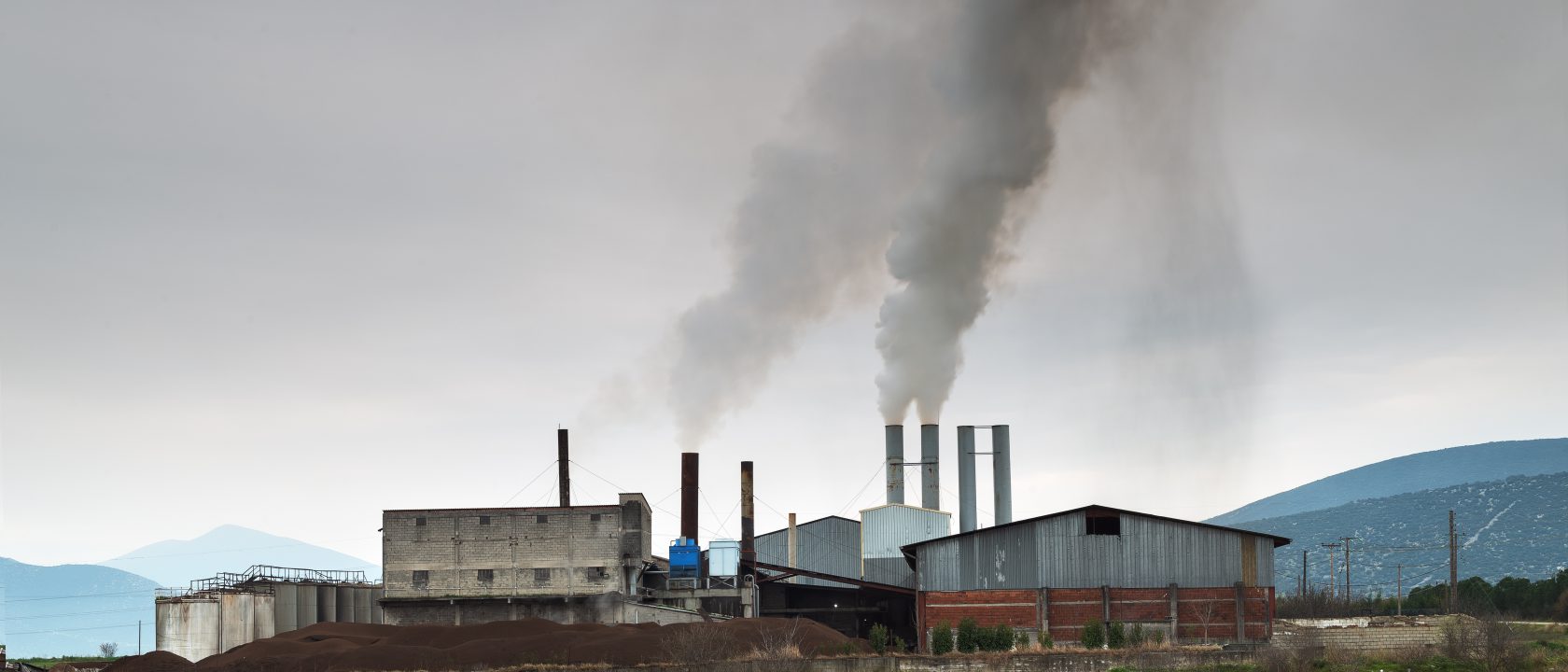
Global problems require global initiatives
The 26th annual “Conference of the Parties” (COP) took place in Glasgow, UK, and came to an end on November 12th. This United Nations Climate Change conference is held to discuss previous climate-related accomplishments and upcoming goals in an effort to understand and minimize the harm we have caused our planet. This event acts as a broad call to action for over 100 countries that have each become increasingly focused on our planet’s long-term health. Additionally, this event brings attention to the importance of sustainable investing, stressing that if we do not put our money into sustainable companies and assets it will be increasingly difficult to see desirable change.
Where we Started
The COP 21 conference that took place in Paris in 2015 resulted in arguably the most important climate change agreement ever. Today, 191 countries and the European Union have signed the Paris agreement. The agreement set a series of long-term goals for each of the agreeing nations. Some of the goals include:
- Decreasing the global temperature increase from 2 degrees celsius to 1.5 degrees celsius by substantially reducing greenhouse gas emissions
- Provide financing to developing countries to mitigate climate change
- Assessing progress and updating each country’s commitments every 5 years to ensure the maximum possible impact
Key Takeaways from COP 26
As always, this year’s COP event resulted in a series of highly impactful agreements directly targeted to limit the negative effects of climate change. Perhaps the most notable decision made in Glasgow this year is the pledge, made by over 40 countries to phase out the use of coal power including major contributors such as Poland, Vietnam, and Chile. However, other coal-dependant countries such as China and the United States, responsible for 30% and 14% of all global emissions respectively, did not sign this agreement. The goals of the Paris agreement were reiterated at COP 26, primarily the importance of holding global warming levels below 1.5 degrees celsius. To encourage a strong push in that direction over 100 countries pledged to decrease methane emissions by 30% relative to their output in 2020. While another 100+ countries, holding more than 85% of the world’s forests, pledged to halt deforestation and land degradation by 2030. Addressing deforestation is vital as rainforest loss in the Amazon has reached 12-year highs, losing 10,476 square kilometers between August 2020 and July 2021. Developed countries, primarily Australia, Canada, France, Germany, Italy, Japan, Norway, United Kingdom, and the United States, have been brought back to the forefront of discussions as a previous commitment to provide a cumulative $100 billion to developing countries by 2020 was not met. Although developing countries would need trillions of dollars per year in order to meet the Paris agreements goal of 1.5 degrees celsius, this $100 billion would serve as a starting point to begin fighting climate change. The financing nations lament their failure to meet this goal, pledging to fulfill their original commitments of $100 billion by 2023.
Insights for the Future
This year’s COP 26 event addressed some very serious issues and has led to monumental commitments by the countries involved. Now, it is important to believe that their words will materialize into positive climate impact. However, only time will show the true impact of their commitments. If all goals are met, we will reap the benefit of a safer, more sustainable planet. However, the goal of 1.5 degrees celsius is just the beginning, this level of warming is still highly damaging to the planet and will need to be the first of many steps to halt global warming. In fact, many of the goals set are simply reversing the negligent human behavior that has caused our planet harm in the past, nevertheless, it is crucial to act now to minimize future climate harm. Over time, these pledges may help to minimize the rising temperatures and sea levels, destruction of arctic land, and fluctuating climate that we have been seeing more prominently in recent years.
The countries involved in the COP 26 event have pledged to make an impact, will you?
At Physis, we believe in people, and that together we can all make a difference. Using the Physis platform investors can utilize their money to make the difference they wish to see in the world. See what kinds of sustainable impact you can make by booking a meeting.
